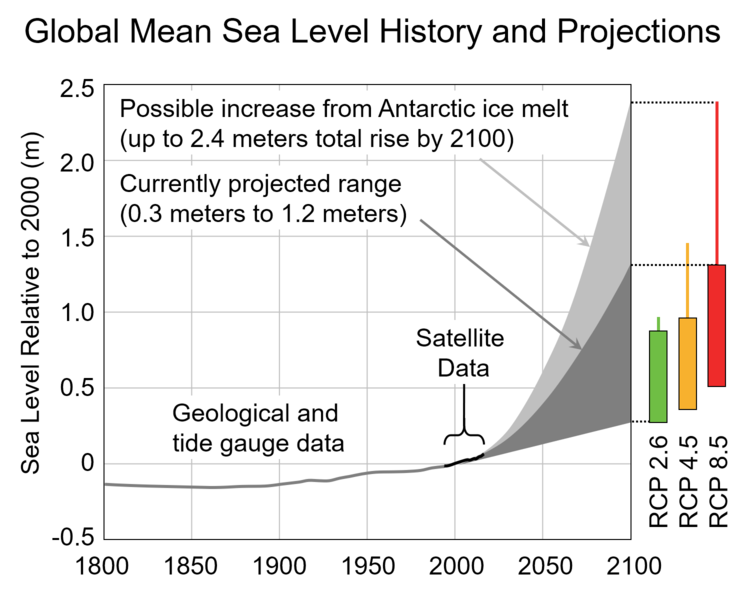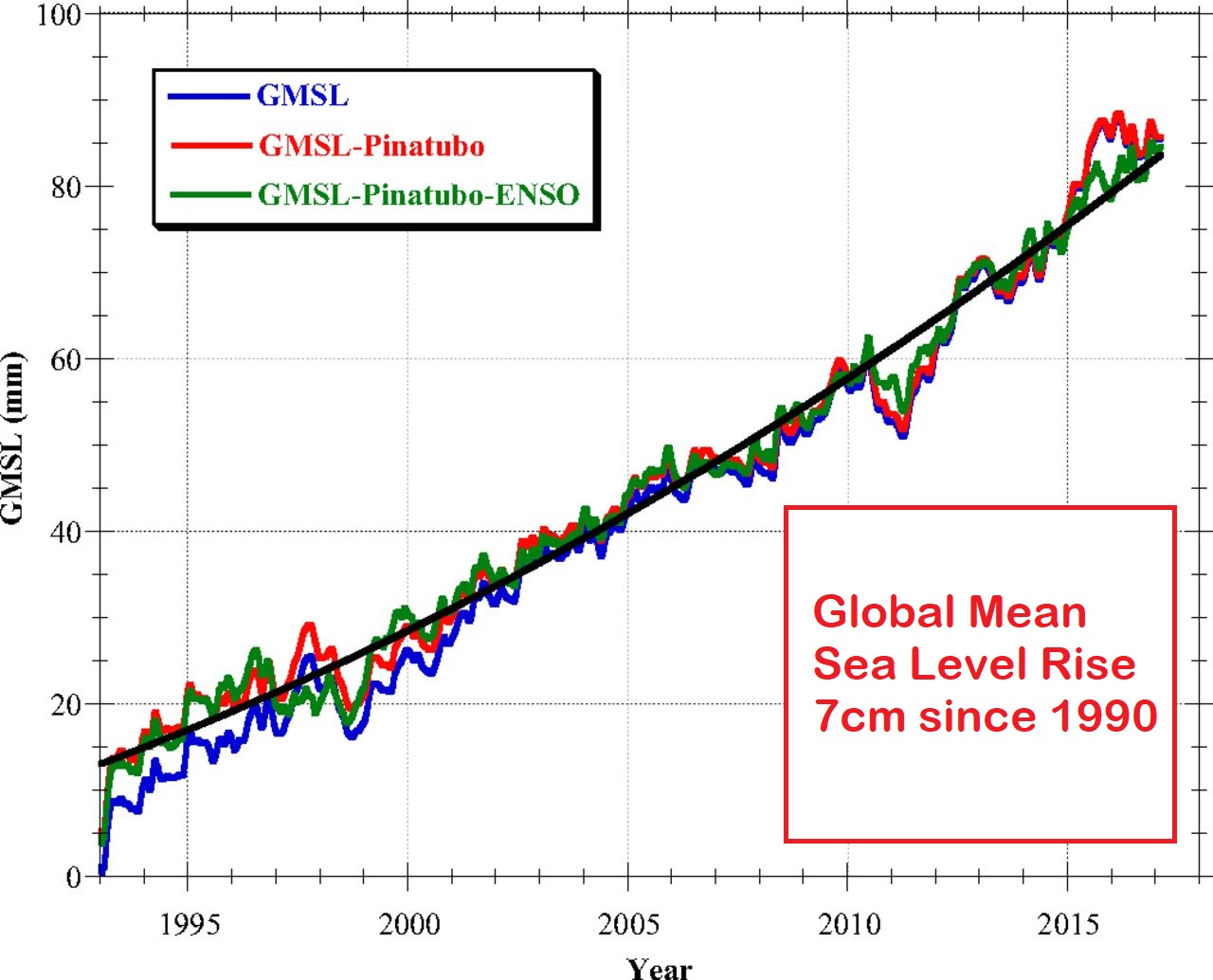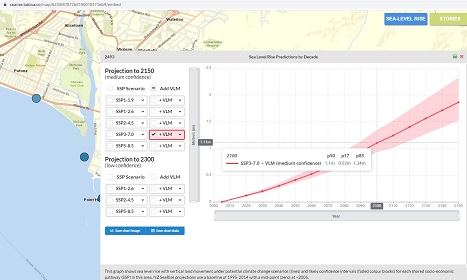Sea Level Rise and Storm Surge Modelling
This website shows a dynamic map of areas in the Greater Wellington region that will be affected by sea level rise.
Sea level is known to be rising in the Wellington Region as elsewhere in the world. Currently sea level is rising at about 3mm per year in the region.
However sea levels rise is expected to accelerate in the near future due to climate change. Predictions vary but more information is listed here.
Use the slider bar at the side to match your chosen water level.
Explore the susceptibility of inundation by moving the slider up and down.
All levels are relative to Mean High Water Springs 10 (MHWS10)
MHWS10 is the mean high water spring tide exceeded 10 percent of the time.
It is often used as a practical high tide level for infrastructure design works, and also for estimating extreme high storm tides.
Learn more about tide levels.
Areas of inundation due to sea level rise were modelled in 2018 based off a detailed digital elevation model (DEM) of the Wellington Region. Learn more.
Areas around Wellington Harbour were updated in 2021 based off updated LIDAR elevation datasets from HCC (2016) and WCC (2020).
Tide level offsets are based on values in a report produced by NIWA for the Parliamentary Commissioner for the Environment in 2016.
Data accuracy for the Wellington CBD area is discussed in a note here.







